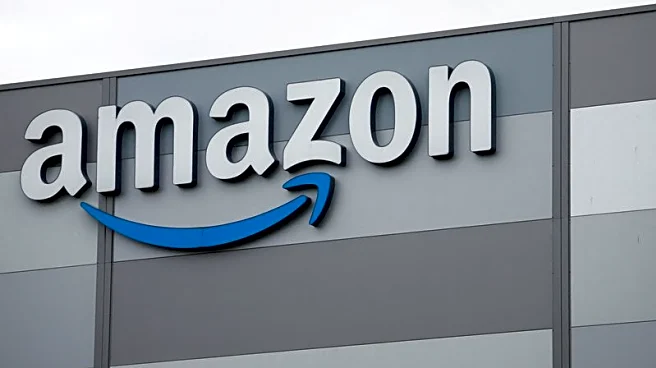What's Happening?
A recent survey by HUB International highlights a significant gap between the benefits employers offer and what employees value. The 2025 U.S. Workforce Vitality Gap Index found that nearly 75% of employees would remain with their employer if benefits were tailored to their needs. However, there is a disconnect, particularly in areas like work-life balance and flexibility, which 41% of employees prioritize over salary. In contrast, only 22% of HR decision-makers recognize these as top priorities. Financial wellness is another area where employers underestimate its impact, with many employees citing financial concerns as affecting productivity.
Why It's Important?
This misalignment in benefits can negatively impact employee retention, productivity, and workplace culture. As companies strive to attract and retain talent, understanding and addressing employee priorities is crucial. The survey indicates that healthcare benefits and financial wellness are areas needing better alignment, especially as younger employees report significant impacts on productivity due to health and financial concerns. Addressing these gaps could enhance employee satisfaction and reduce turnover, ultimately benefiting organizational performance.
What's Next?
Employers may need to reassess their benefits offerings to better align with employee needs. This could involve increasing flexibility, enhancing financial wellness programs, and improving communication about available benefits. Some companies are already allowing employees to convert unused PTO into cash or student loan payments, a trend that may grow as organizations seek to address financial stressors. Additionally, educating employees on how to utilize financial benefits effectively could improve their uptake and impact.












